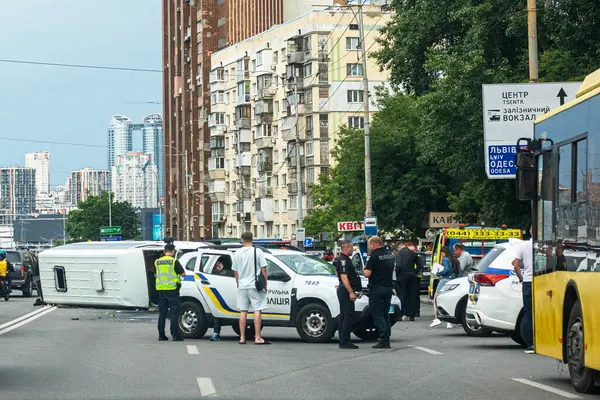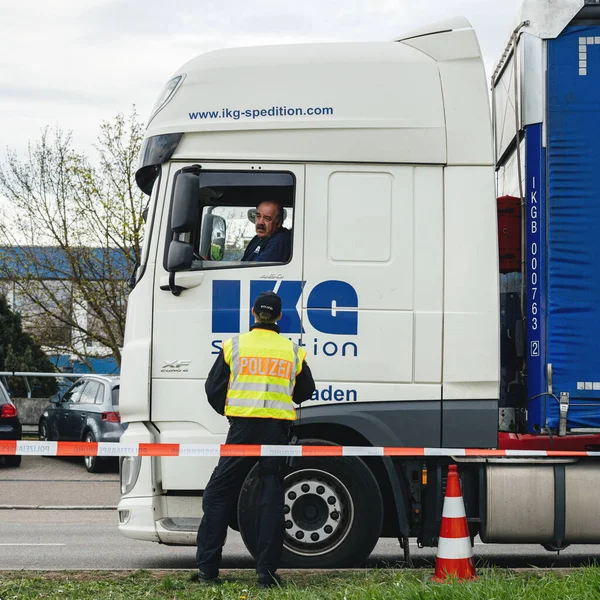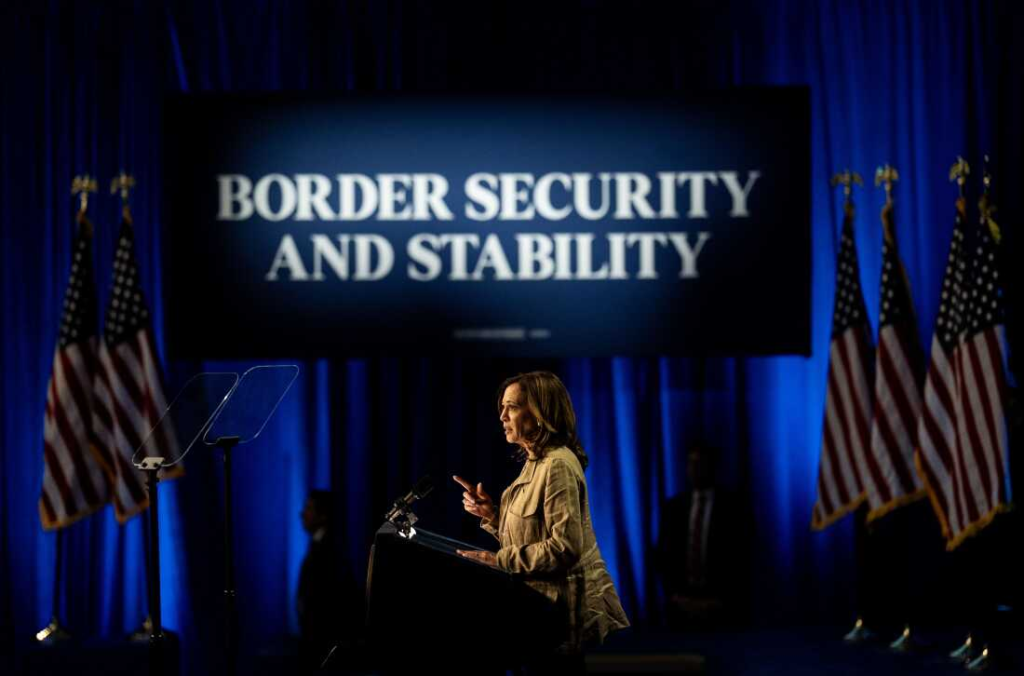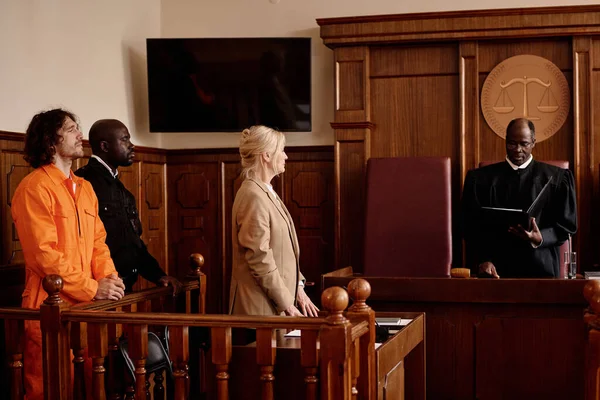
Justice is never black and white and Harjinder Singh’s is no exception. What began as a tragic car accident has turned into a political storm, generating controversy about immigration, public safety, and the power of public opinion.

Singh, the 28-year-old Indian truck driver, may spend as much as 45 years behind bars for having apparently made an illegal U-turn along Florida’s Turnpike and caused the deaths of three people. To his prosecutors, he’s a public safety menace. To millions everywhere, however, Singh is a man who made a terrible mistake not a criminal deserving decades in prison.
Here’s a closer look at the pivotal facts, political moves, and human stories behind one of the most contentious legal battles of the year.

1. The Crash That Triggered a Firestorm
On Aug. 12, Singh was driving a tractor-trailer along the shoulder of Fort Pierce, Fla., when officials say he attempted to make a forbidden U-turn, running into a minivan head-on. The three van occupants a 37-year-old woman, a 54-year-old man, and a 30-year-old driver were killed instantly. Singh’s brother, riding in the truck, was not hurt. The Department of Homeland Security labeled Singh as “a significant threat to public safety” and denied him bail.

2. A Record-Breaking Petition
A Change.org petition initiated by Manisha Kaushal and the Collective Punjabi Youth within days of Singh’s arrest was making the rounds. Now bearing over 2.4 million signatures, it asks Florida Governor Ron DeSantis to grant clemency if Singh is guilty. The petition terms the accident “a catastrophe, not a criminal act” and calls for a lighter sentence, parole eligibility, and even chances of restorative justice. His clean record and good cooperation with the police are listed as the reasons by the supporters.

3. Political Consequences Outside of the Courtroom
The case quickly became a political row. Florida Senator Marco Rubio demanded an immediate suspension of work visas for foreign commercial truck operators, claiming foreign operators were “putting American lives at risk and undercutting the American truckers’ livelihood.” Critics, including Indian MP Harsimrat Kaur Badal, claimed that such a move would disproportionately affect Punjabi and Sikh drivers, who make up around 20% of the American trucking sector.

4. Immigration Status Under the Microscope
Singh entered the U.S. illegally in 2018 after selling his property in Punjab, India, to mortgage it. He was detained by Border Patrol, released on bond, and subsequently permitted to stay in the country and work while his asylum case was under review. His California-issued commercial driver’s license is at the center of this controversy now: federal officials are claiming that he was not legally within the nation when it was issued, but that his governor’s office insists he had the appropriate work permits at the time.

5. Comparisons to the Rogel Aguilera-Mederos Case
Advocates often reference the 2021 Colorado case of Rogel Aguilera-Mederos, a truck driver who was originally sentenced to 110 years for an accident that resulted in four fatalities. When over 5 million signed a petition, the Colorado governor reduced his sentence to 10 years. Singh advocates see this as proof that public pressure can lead to more proportionate sentencing for senseless but accidental collisions.

6. The Broader Discussion of Immigration Enforcement
The case re-opened debate over the convergence of immigration enforcement and public safety. Research has shown that intensified enforcement programs, like Secure Communities, can reduce crime reporting by as much as 30% among immigrant populations, rendering communities less safe. Critics warn that politicizing a single case jeopardizes the trust that exists between law enforcement and immigrant communities.

7. What’s at Stake for Judicial Independence
A study of European asylum and immigration cases has found that independent courts are more resistant to political pressure, especially when there is strong anti-immigrant feeling. When there is no interference from the government, they are in a better position to ensure that decisions are based on the law, not politics. In Singh’s case, the final determination might depend not only on the facts, but on whether judicial proceedings remain shielded from the political maelstrom around it.

The Harjinder Singh case is more than a trial drama it’s a confrontation of law, politics, and public opinion. Under the spotlight of millions of eyes, the verdict may not only decide the fate of one man but also how cases in the future involving immigration and public safety will be ruled upon. Whether it will become a story of mercy, precedent, or political brawn will depend on how the legal system navigates its high stakes now bearing down on it.


